
Microtubule-based perception of mechanical conflicts controls plant organ morphogenesis (Sci. Adv.)
Plant Science Research WeeklyMorphogenesis is a critical process in plants and animals that allows a cell, tissue, or organism to reach its final shape. In Arabidopsis thaliana, the formation of lateral root primordia (LRP) is an excellent example of organ morphogenesis that involves cell remodeling throughout differential growth…
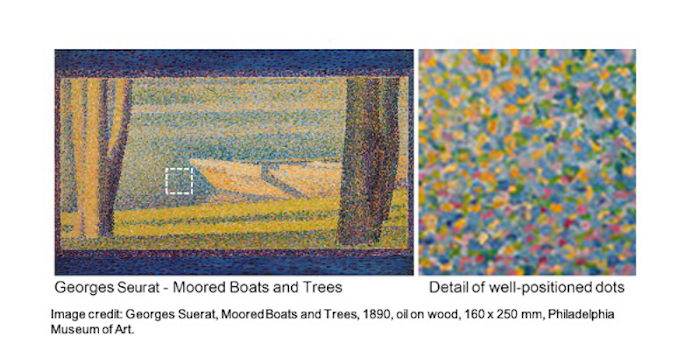
Membrane pointillism: Lipid nano-patterning controls distinct molecular pathways at the plasma membrane of pollen tubes
The Plant Cell: In a NutshellFratini et al. explore lipid patterns in the plasma membrane of the pollen tube. http://bit.ly/3uwYqsM
Ingo Heilmann and Marta Fratini
Department of Plant Biochemistry, Institute of Biochemistry and Biotechnology
Martin-Luther-University Halle-Wittenberg, Halle (Saale), Germany
Background:…
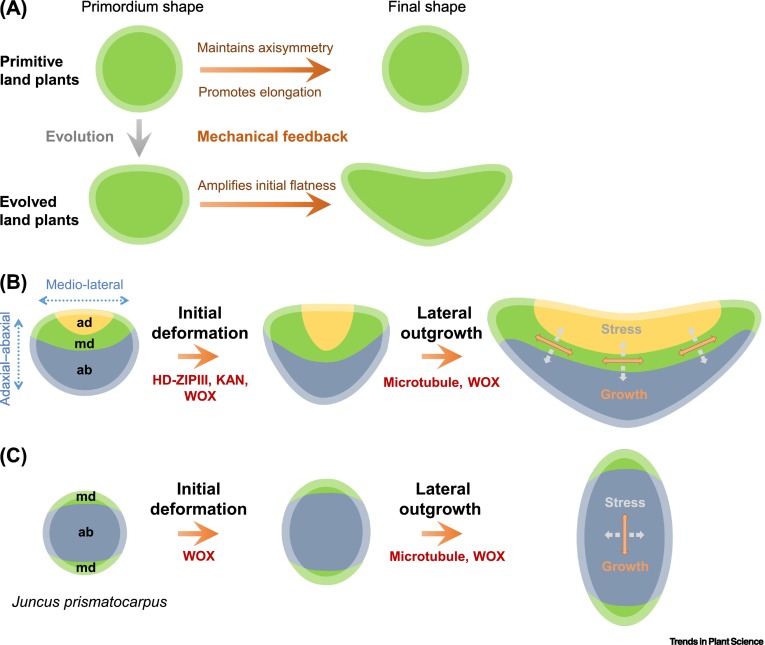
Review: The mechanical feedback theory of leaf lamina formation ($) (Trends Plant Sci.)
Plant Science Research WeeklyThe contribution of microtubule orientation to the direction of cell expansion is familiar to most; when microtubules wrap around the middle of a cell like a belt, the cell expands in the perpendicular direction to become longer. Recent studies have extended this idea and proposed that the mechanical…

Barley RIPb opens the gates for epidermal fungal penetration
Blog, Plant Physiology, Plant Physiology: News and Views, ResearchElisa Dell’Aglio
Institut National des Sciences Appliquées de Lyon
Lyon,
France
[email protected]
The ascomycete Blumeria graminis f. sp. hordei (Bgh) is a powdery mildew causal agent, specifically adapted to barley (Hordeum vulgare), wheat (Triticum aestivum, Triticum turgidum)…
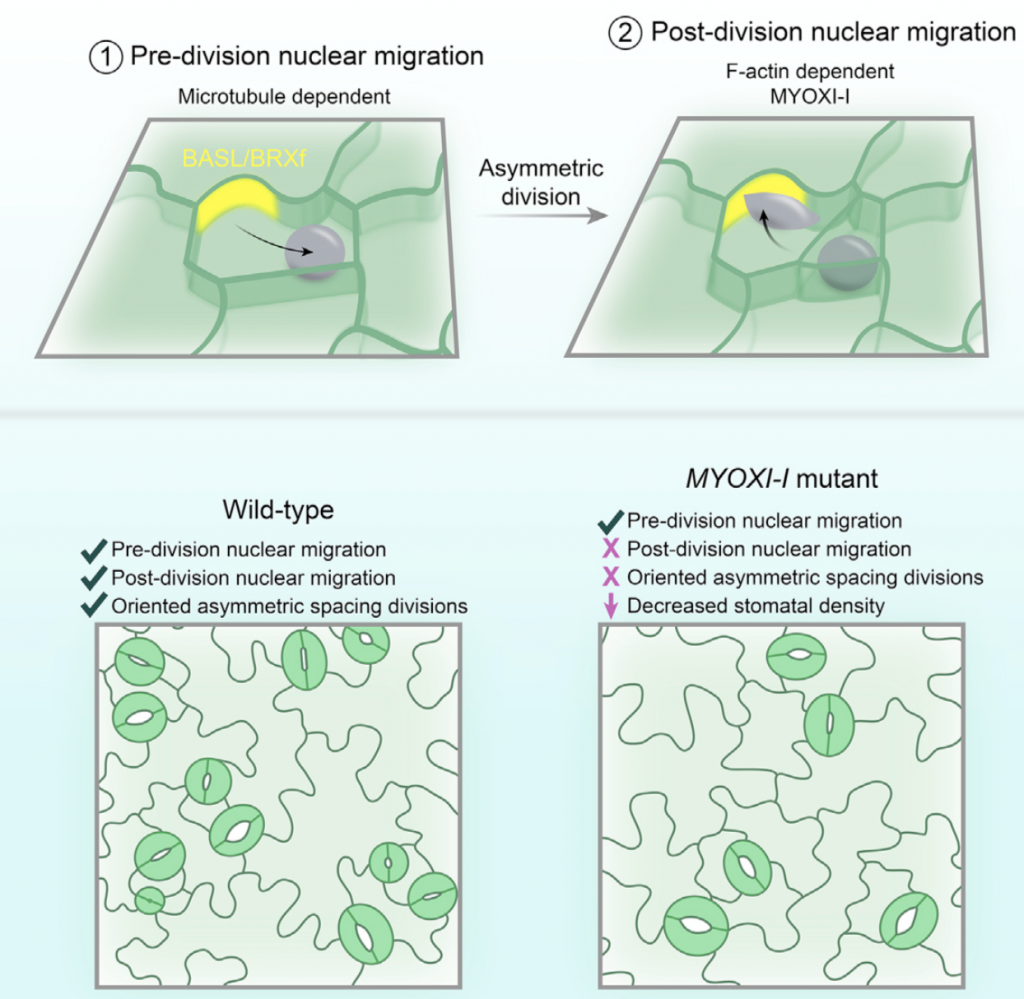
Opposing, polarity-driven nuclear migrations underpin asymmetric divisions in stomatal patterning (Curr. Biol.)
Plant Science Research WeeklyAsymmetric cell divisions (ACDs) are often used by organisms to generate different cell sizes, each adopting a different cell fate. In plants, stomatal development provides an example of an ACD-derived patterning mechanism. Several proteins are known to be implicated in ACDs, like BREAKING OF ASYMMETRY…
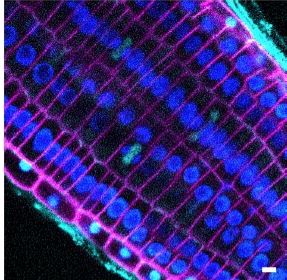
Follow that Protein: SNAP-tagging Permits High-resolution Protein Localization
Blog, Research, The Plant Cell, The Plant Cell: In BriefProtein analysis relies heavily on the production of ‘tagged’ proteins, i.e. recombinant proteins that contain both a functional peptide sequence and a peptide or chemical label (the ‘tag’). Common tags include fluorescent proteins (FPs), which make tagged proteins easier to detect, as well as…
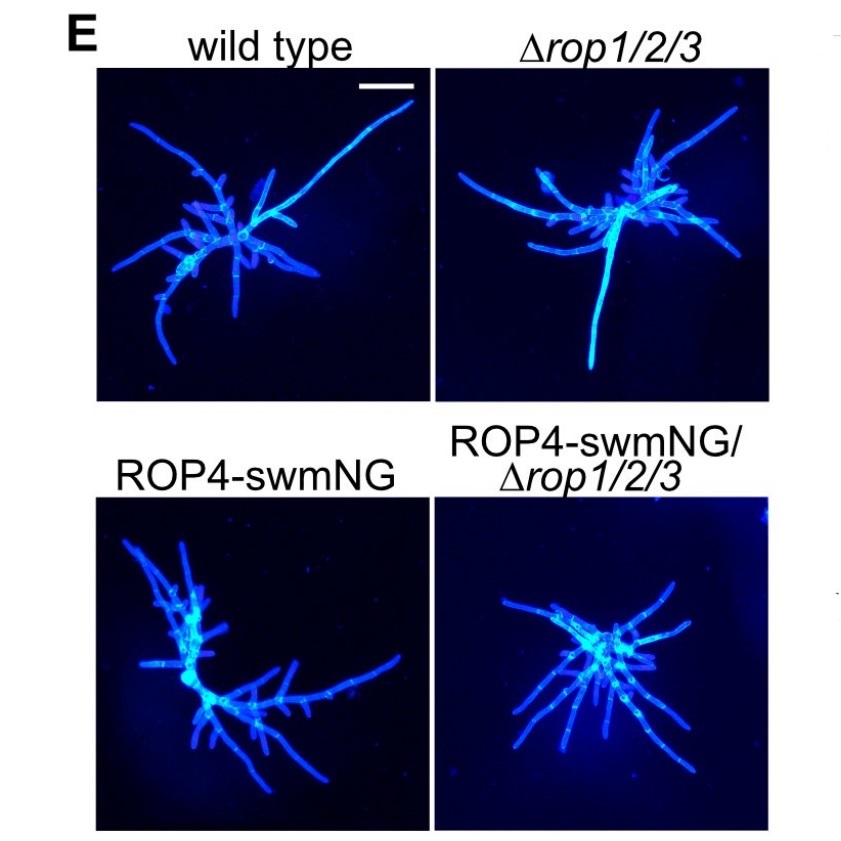
Roles for this ROP GTPase in subcellular and tissue-level patterning (Plant Cell)
Plant Science Research WeeklyRho-of-plants (ROP) proteins are master regulators of cell polarity within plants and influence cell wall deposition, tissue development, and several signaling processes. However, they are quite difficult to study: attempts to form a fluorescent ROP fusion protein have proven elusive, and there are multiple…
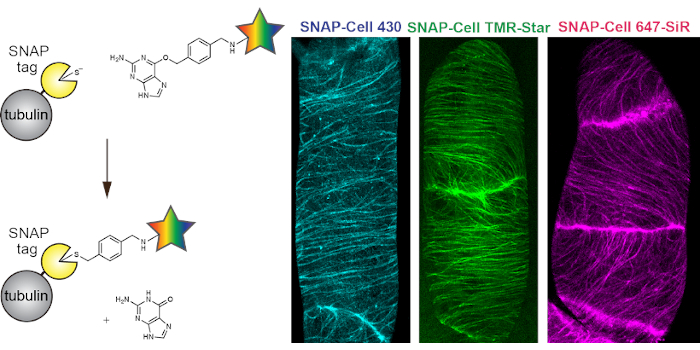
Chemical labeling of proteins in live plant cells
Blog, Research, The Plant Cell, The Plant Cell: In a NutshellIwatate et al. demonstrate that SNAP-tag technology can be used to label plant cell proteins.
Plant Cell https://doi.org/10.1105/tpc.20.00439
By Ryu J. Iwatatea,b, Akira Yoshinaria, Noriyoshi Yagia, Wolf B. Frommera,c, and Masayoshi Nakamuraa
a Institute of Transformative Bio-Molecules (WPI-ITbM),…

